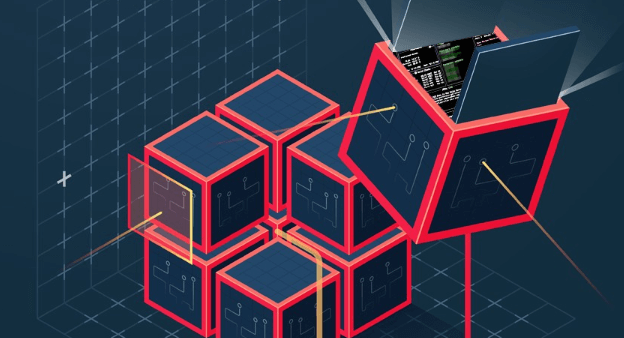Hyperversenet: Unknown or Custom Keyword

Hyperversenet represents a significant advancement in the realm of information management, merging decentralized structures with a versatile framework that enhances user autonomy. This paradigm shift not only facilitates improved data access and collaboration but also raises important questions about its ethical implications, particularly concerning data privacy and bias. As organizations across various sectors explore its capabilities, understanding the nuances of Hyperversenet becomes crucial. What remains to be examined, however, are the potential risks and challenges that may accompany its widespread adoption.
Definition of Hyperversenet
Hyperversenet represents a conceptual framework that integrates various dimensions of data and information networks.
Its characteristics include adaptability, decentralized architecture, and enhanced user autonomy.
Hyperversenet examples can be observed in collaborative platforms and peer-to-peer systems, where information flows seamlessly across multiple nodes.
This framework empowers users, fostering an environment conducive to innovation and unrestricted access to knowledge, thereby enhancing individual freedom.
Origins and Development
The conceptual framework of Hyperversenet has evolved significantly over time, shaped by advancements in technology and shifts in societal needs.
Its origins can be traced back to a historical context that necessitated innovative solutions for information management.
As technological advancements emerged, they facilitated the development of Hyperversenet, enabling more dynamic interactions and fostering a greater sense of autonomy in how information is accessed and utilized.
Potential Applications
Potential applications of Hyperversenet span a wide array of fields, reflecting its versatility and adaptability to various information management challenges.
In virtual reality environments, it can enhance user experiences by facilitating seamless interactions.
Additionally, its capabilities in data analytics allow organizations to derive actionable insights from complex datasets, promoting informed decision-making and optimizing operational efficiency in diverse sectors, from healthcare to finance.
See also Clips4SLW: Video Sharing Platform
Future Implications
As advancements in Hyperversenet continue to evolve, its future implications could reshape the landscape of information management and user interaction across multiple domains.
The social impact may include enhanced connectivity and accessibility, while ethical considerations will become paramount, particularly regarding data privacy and algorithmic bias.
Stakeholders must navigate these challenges to ensure that Hyperversenet fosters inclusive and equitable environments for all users.
Conclusion
In the evolving landscape of information management, Hyperversenet emerges as a lighthouse, illuminating the path toward decentralized and adaptable frameworks. This innovative architecture not only fosters collaboration and creativity but also serves as a guardian against the storms of data privacy and algorithmic bias. As the technology of Hyperversenet continues to mature, its potential to transform various sectors stands as a testament to the power of informed autonomy, guiding users through the intricate web of information accessibility.





